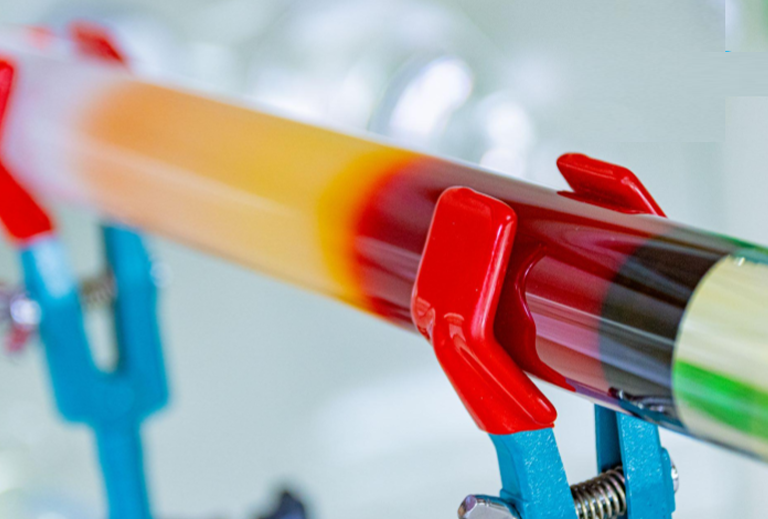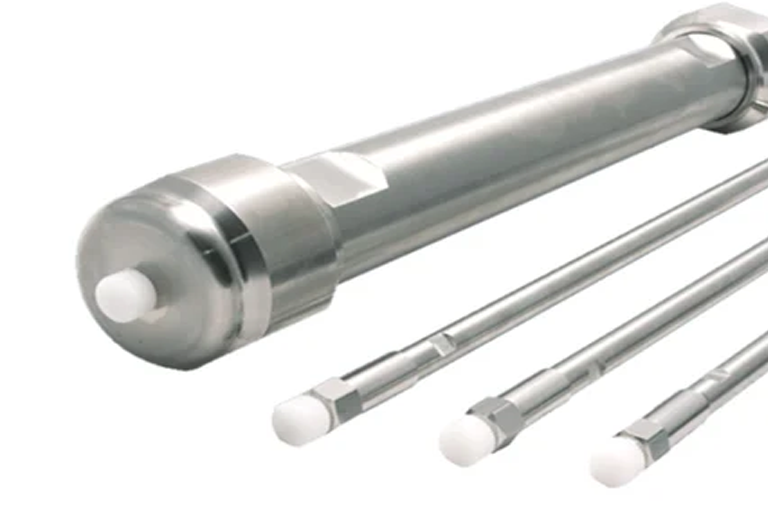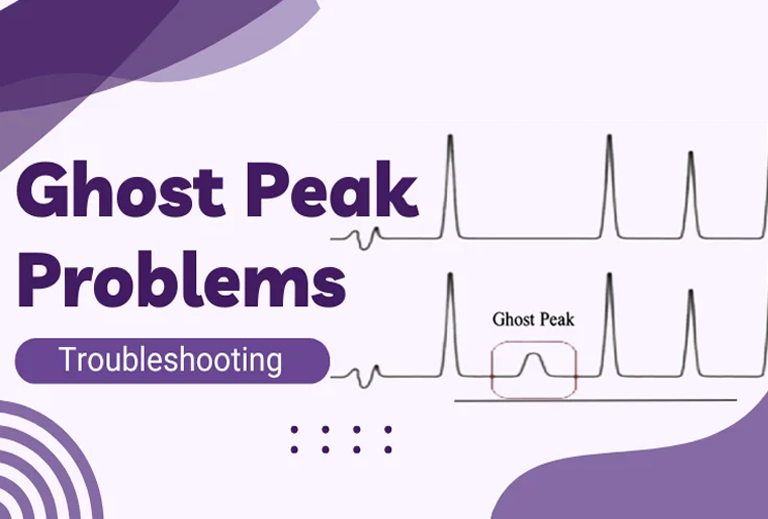

Znric Life Sciences, established in 2024 in Hyderabad, Telangana, is dedicated to providing a comprehensive range of high-quality chromatography products.
We are a rapidly growing entrepreneurial venture specializing in High-Performance Liquid Chromatography (HPLC) columns — our flagship products known for delivering Better Performance, Guaranteed.
Engineered for precision and reliability, our HPLC analytical columns are designed to maximize chromatographic performance and enhance efficiency in laboratories worldwide.

Success Rate
ZNRIC - Life Sciences is a perfect blend of a spirit for successful entrepreneurship and a disposition for perfect quality. With this, we strive to transform into a global business for HPLC columns and accessories. The underlying philosophy is quite simple – deliver better products manufactured locally (in India) to the market on time through the best customer service possible.

The ALPHA Series represents a high-performance C18, C8, CN, Amino, SCX, and Phenyl phase based on a new type of silica gel developed to show better retention, greater selectivity and high loadability, caused by its Exceptional high surface area. The bonding density is chosen with respect to optimal selectivity for both hydrophilic and hydrophobic compounds, enabling even the use of 100% aqueous eluents.
Know more
Prudent C18 columns are Perfect “all-purpose” column for analytical and preparative use with High resolution of complex mixtures and Ideal retention. Prudent C18 columns are manufactured with ultra-pure and high surface area silica with three different bonding and Endcapping technologies. These columns have unique functionality and bonding technology to achieve excellent resolution, good peak symmetry and high performance.
Know more
Ghost peaks are contaminant peaks that appear even when no sample is injected. There are many causes for ghost peaks. One of the major cause is dirt and shocks and impurities in the mobile phase including water.
Our product - The Ghost Terminator Column is perfectly suitable for HPLC analysis.
Know moreAs a leading column manufacturer in India with proficient development and manufacturing capability and technology platform, ZNRIC - Life Sciences offers one-stop preparative chromatographic stand-alone services for separation and purification. Our team is experienced in handling preparative chromatographic method scale-up, method optimization, process validation. Currently, our Pune site is equipped with prep-HPLC systems that can support gram scale purification.
UV detectors are most commonly used. It is a robust, inexpensive and versatile detection technique since most com- pounds absorb light, especially at low UV wavelengths. It is possible to use a Diode Array Detector (DAD) and allow monitoring at multiple wavelengths simultaneously. The downside is that a UV detector is not analyte specific and requires that the analyte absorb more light than sample matrix at the set wavelength. Therefore it is advisable to check the analyte absorbance in the mobile phase.
Validation is the act of proving that any approach, strategy, experimental procedure, process, laboratory staff, instrumentation, reagents, and room conditions selected for the method will function in a proper way under a fixed set of conditions. Besides, it can be used to individually evaluate the appropriateness of these factors. The validation evaluates the range and conditions of applicability, and checks if every future measurement in routine analysis will provide a concentration of the analyte close enough to the true value.
Analysis of the samples is an essential part of chromatographic and spectroscopic analyses. The process is intended to provide a representative, reproducible, and homogenous solution that is suitable for injection into the column for chromatographic analysis, or into an ICP-MS/atomic adsorption source, or into a cuvette or NMR tube for further characterization. The aim of sample preparation is to provide a sample aliquot that (a) is relatively free of interferences, (b) will not damage the column or instrument and (c) is compatible with the intended analytical method.